A bug’s life: photographer captures beauty of insects in his back garden
The stunning close-up images are of insects commonly found during spring
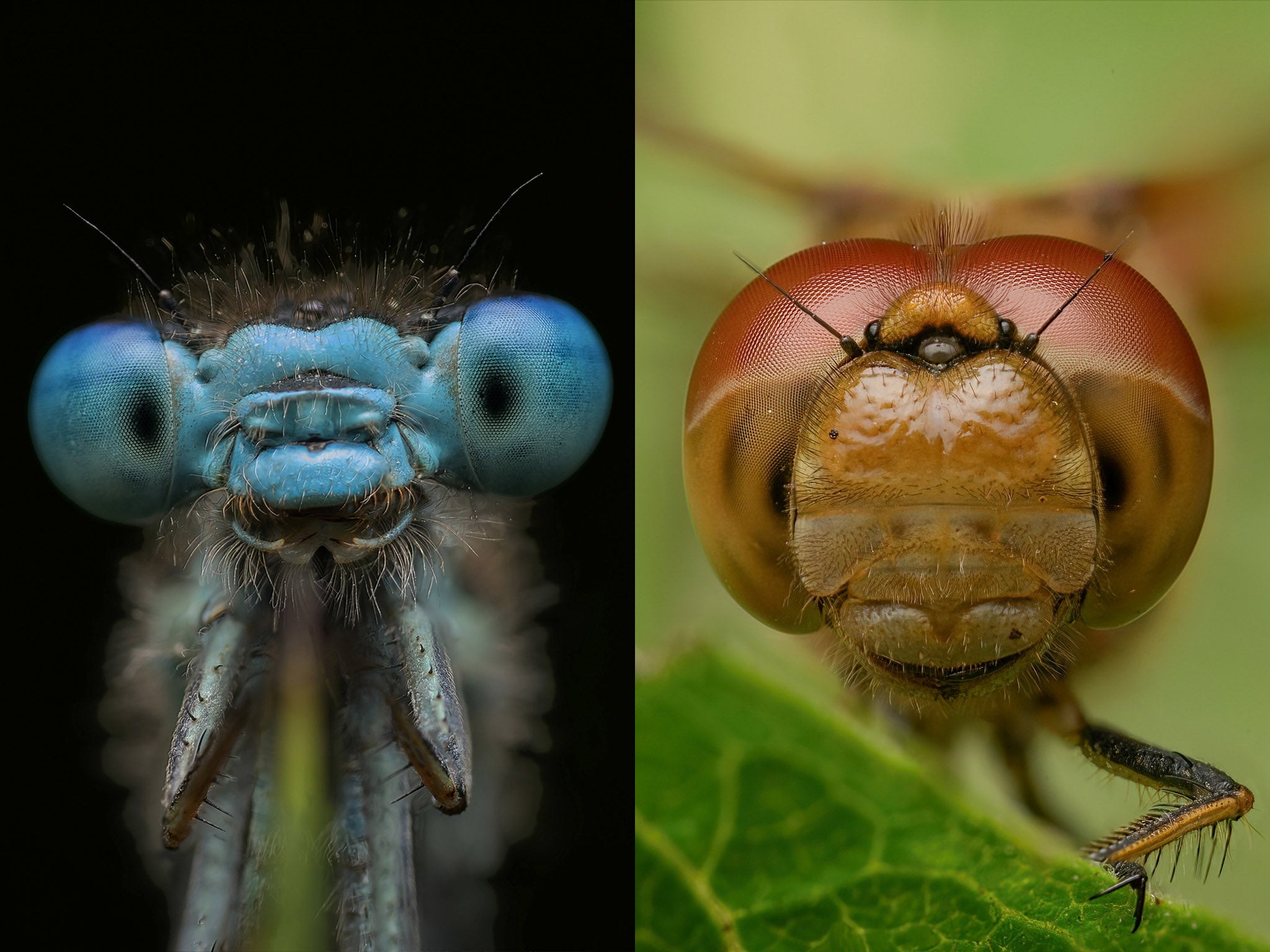
Your support helps us to tell the story
From reproductive rights to climate change to Big Tech, The Independent is on the ground when the story is developing. Whether it's investigating the financials of Elon Musk's pro-Trump PAC or producing our latest documentary, 'The A Word', which shines a light on the American women fighting for reproductive rights, we know how important it is to parse out the facts from the messaging.
At such a critical moment in US history, we need reporters on the ground. Your donation allows us to keep sending journalists to speak to both sides of the story.
The Independent is trusted by Americans across the entire political spectrum. And unlike many other quality news outlets, we choose not to lock Americans out of our reporting and analysis with paywalls. We believe quality journalism should be available to everyone, paid for by those who can afford it.
Your support makes all the difference.Amateur photographer Jamie Thorpe had been taking photos for 30 years before he caught the insect bug during the first lockdown.
Jamie, whose day job is a painter and decorator, said: “I just bought a new camera and set it up before the first lockdown happened.
“I’ve always been interested in insects, but I just started taking pictures with the macro lens of anything I could find, and that naturally leads you towards insects.”
He understands why some people may consider the insects in his pictures to be menacing but he says: “I look at them as totally cute, to be honest – the jumping spiders especially.”
“Usually when you explain the size of them as well, that they’re only 4-5mm, smaller than your little finger nail, the fear seems to subside a little bit with them.”
Jamie is from Lowestoft, in Suffolk, and reckons the hardest insect he has tried to photograph are jumping spiders, which are often found on heathland and farmland sites.
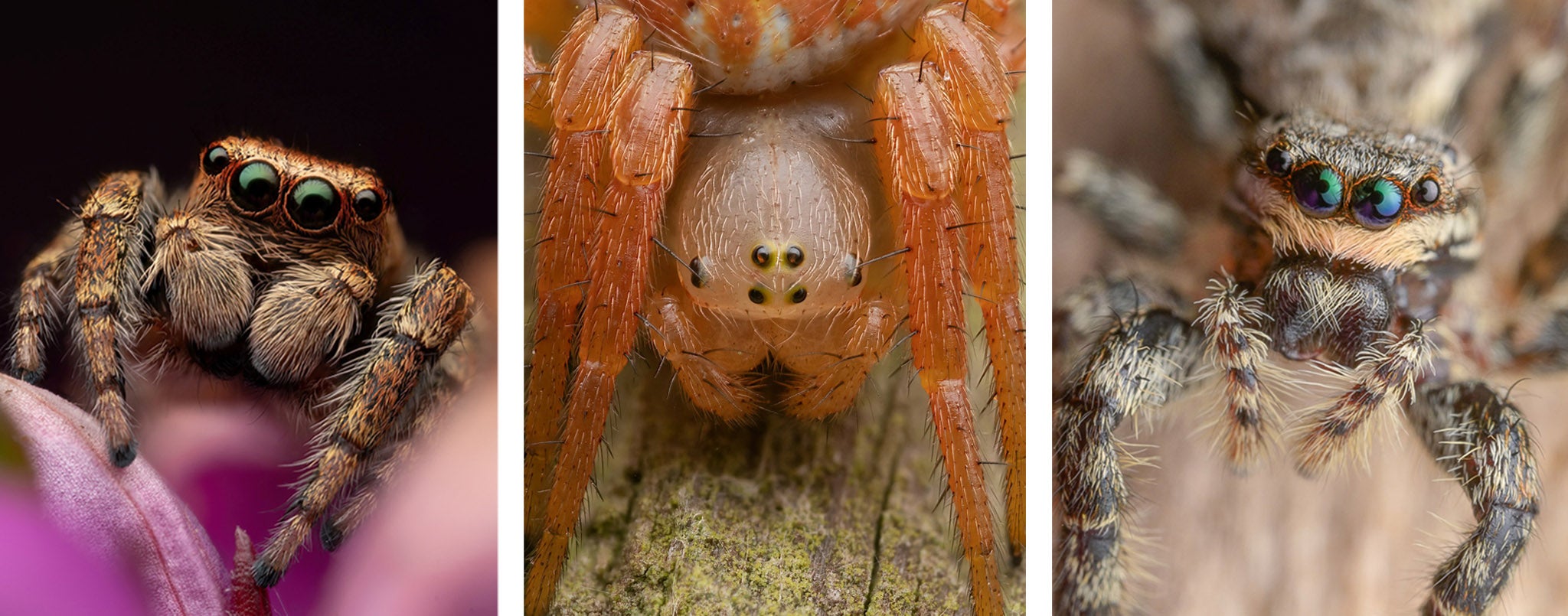
He says: “The jumping spiders are fairly hard to photograph as they don’t stay still for very long.
“But the trick with a lot of insects is to get them in the evenings or early mornings.
“So some of the shots are actually taken at night as then the insects don’t move around quite as much, rather than photographing them in the middle of the day when they would be really active.”
The photographer said he was most proud of a recent bumble bee photograph that he took in March: “I was exceptionally lucky with the bumblebee portrait.
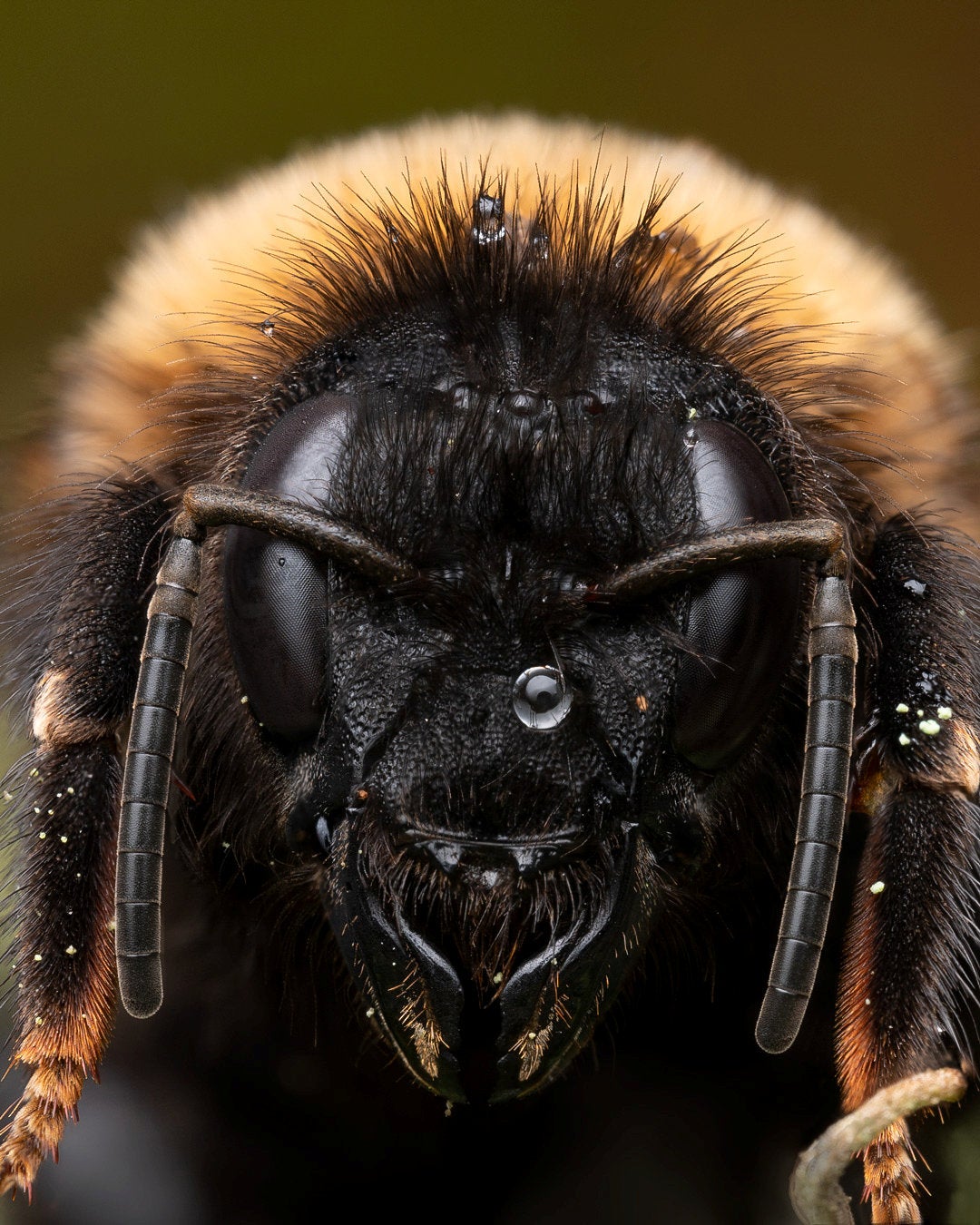
“That was about three weeks ago, and I went out on a cold day, and the bumblebee was pretty dormant.”
Although he’s never been bitten by an insect, he’s had to keep his wits about him when taking photographs of hornets: “None of them are deadly, but I would say with the wasp shots and hornet shots, you’ve always got a chance of being stung by one of them.”
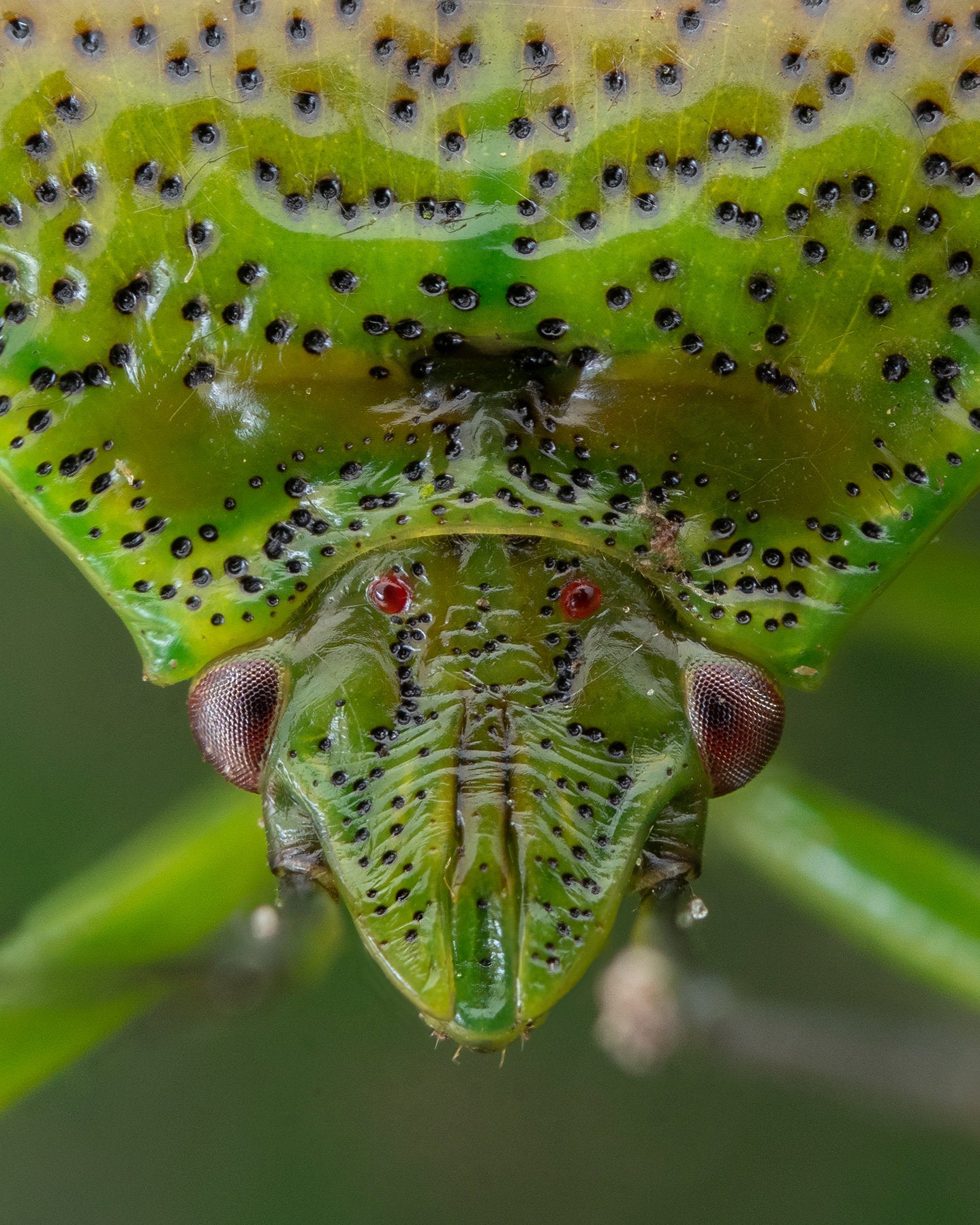
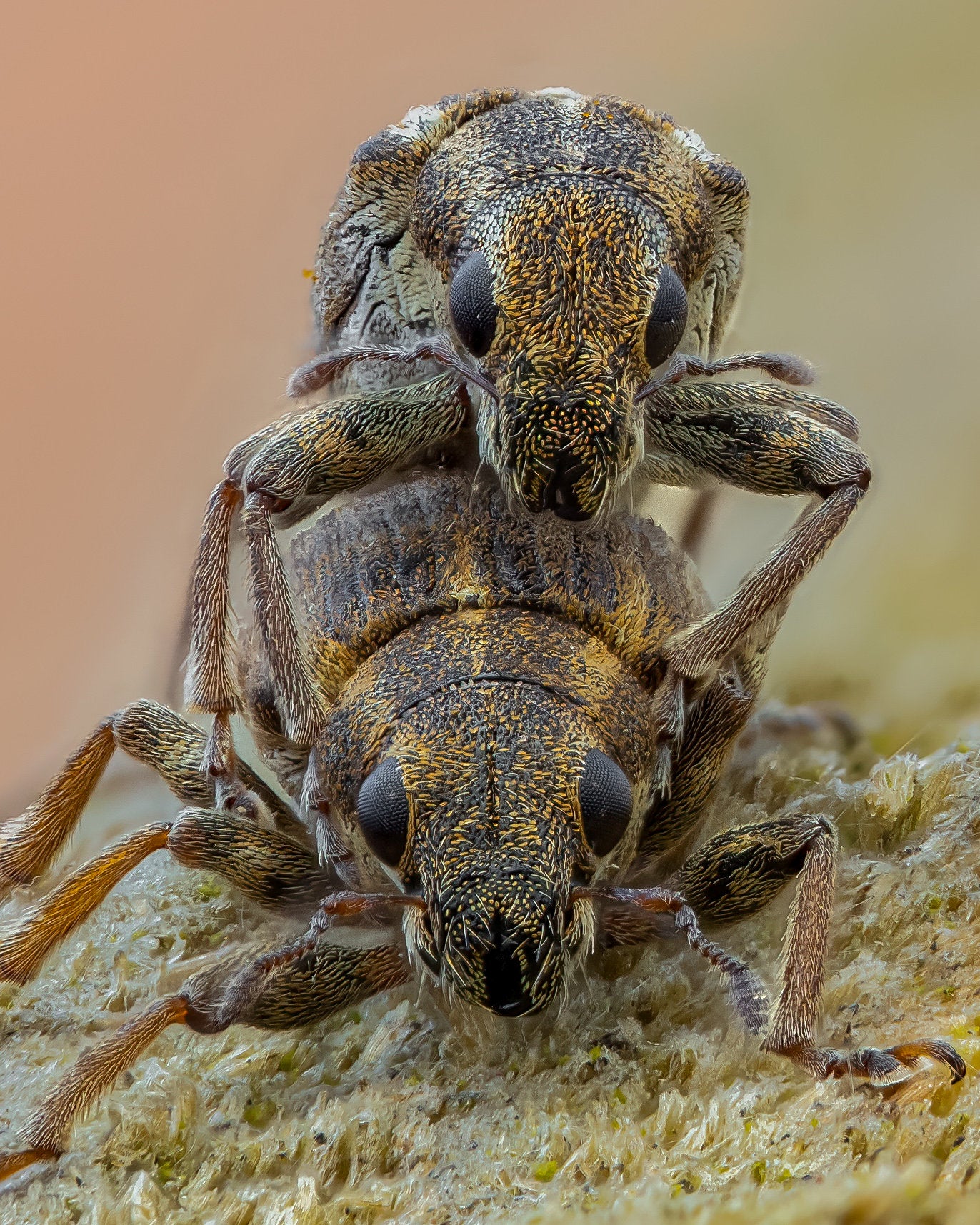
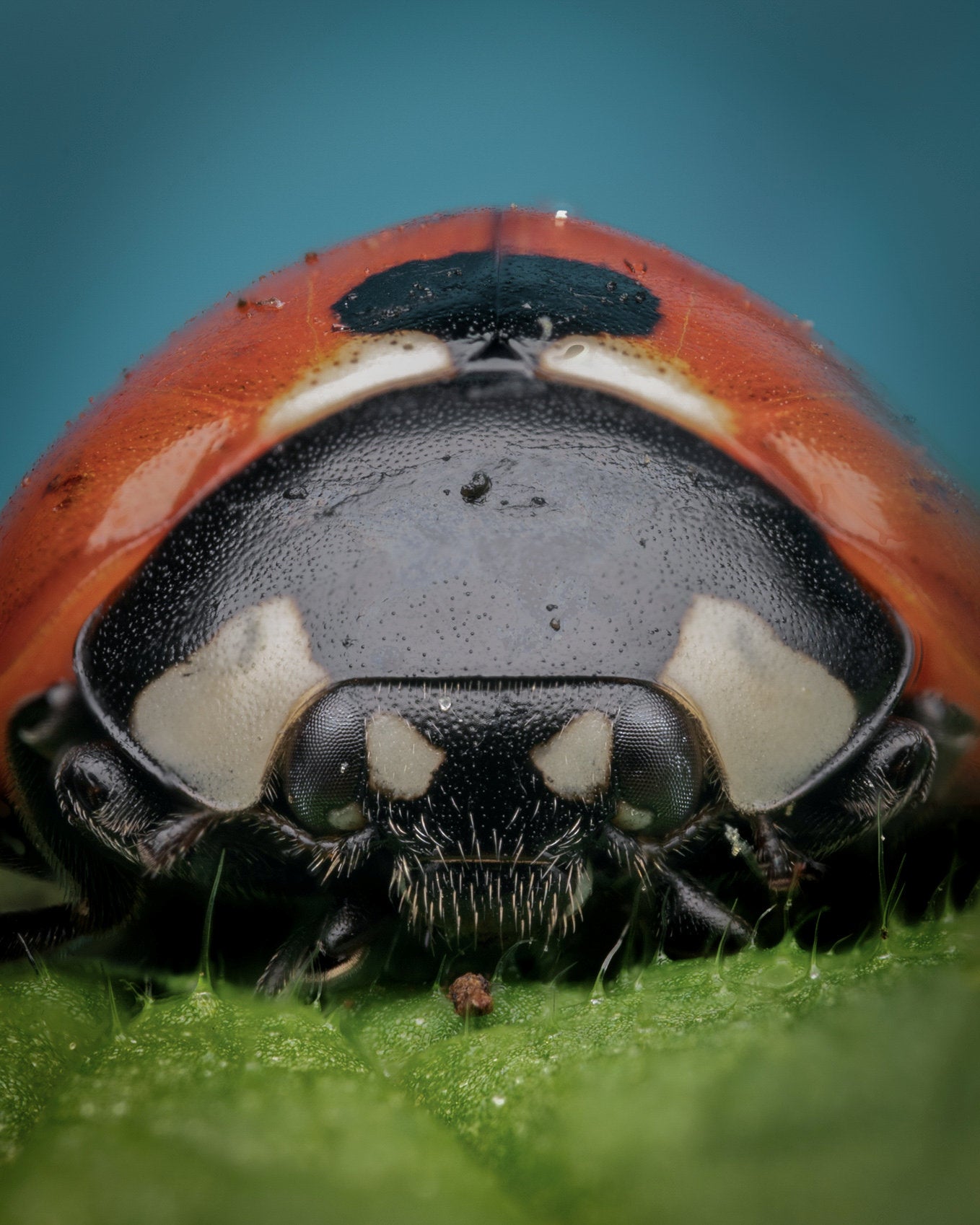
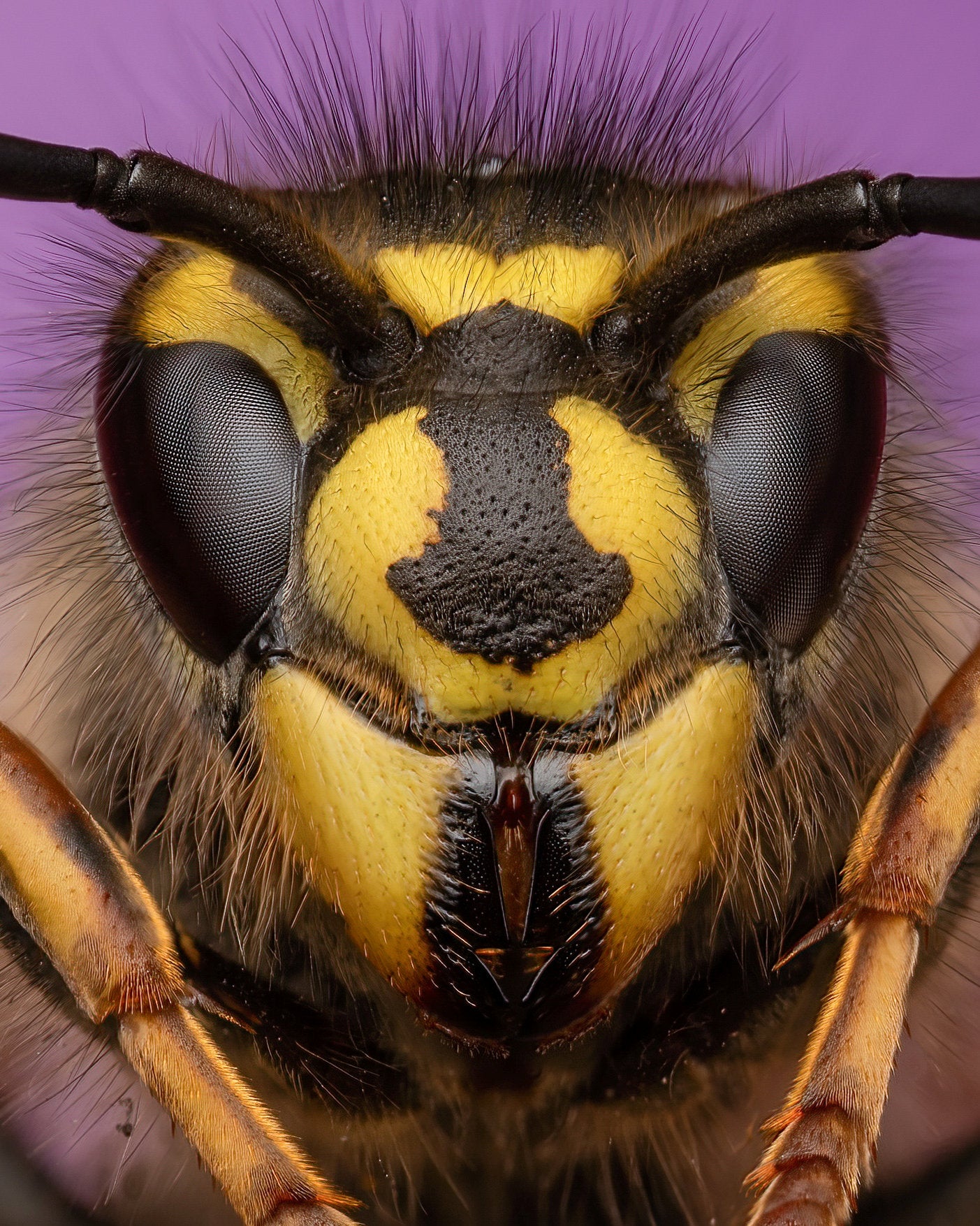
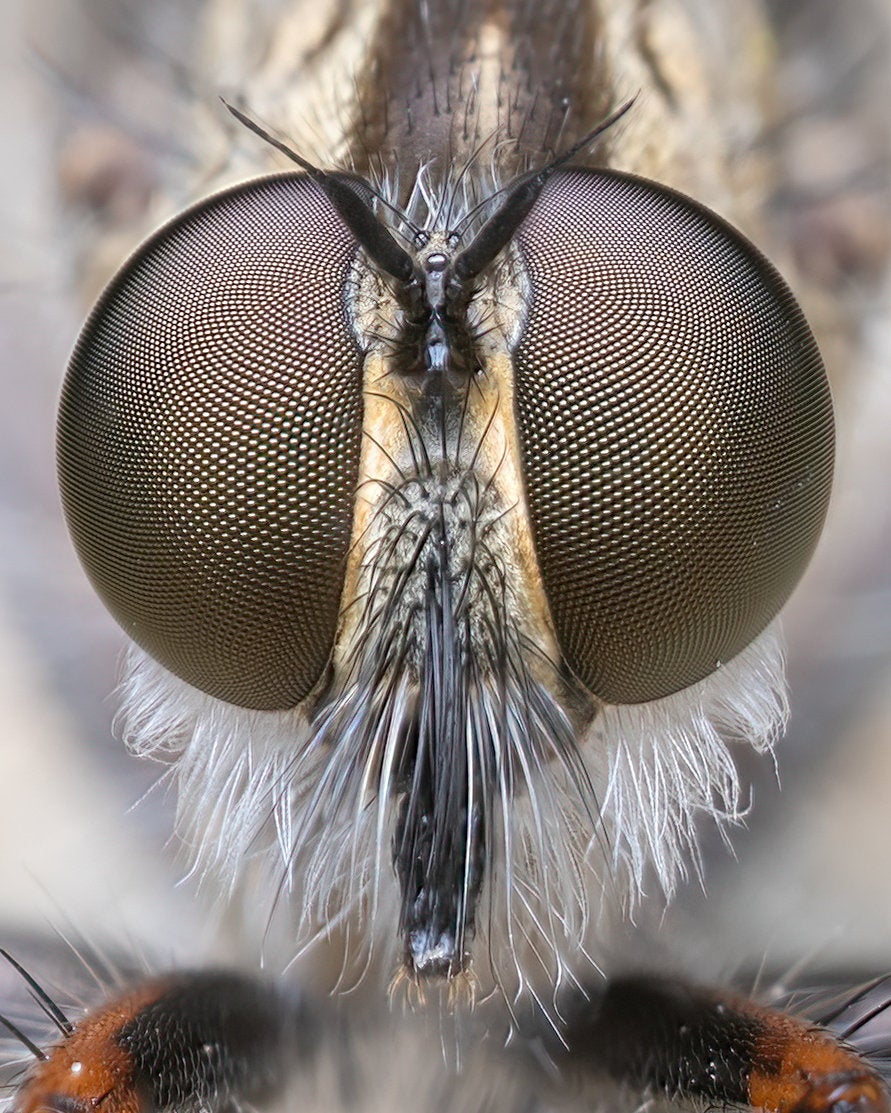
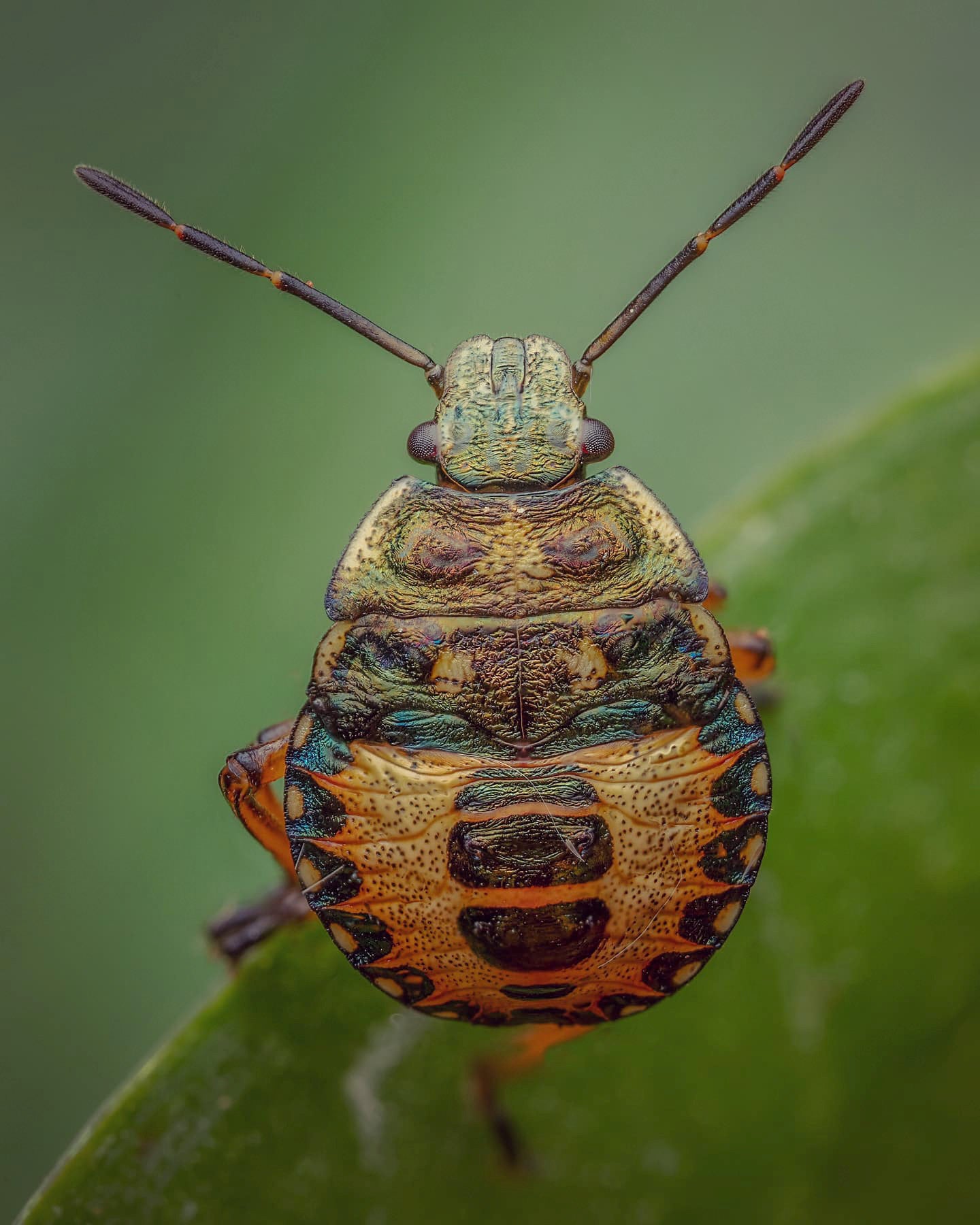
You can find more of Jamie’s insect photography here
SWNS
Join our commenting forum
Join thought-provoking conversations, follow other Independent readers and see their replies
Comments